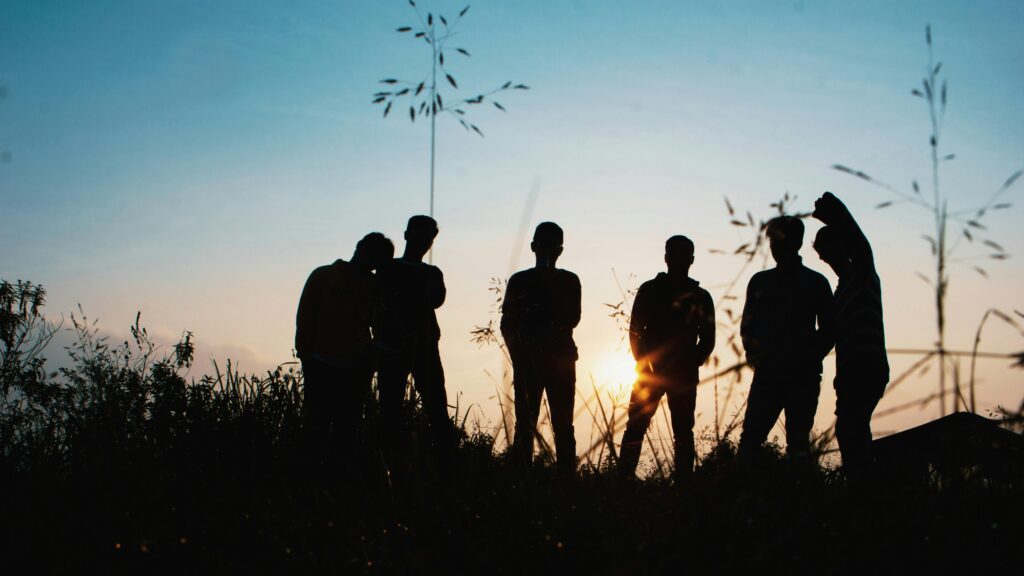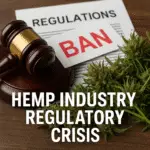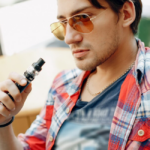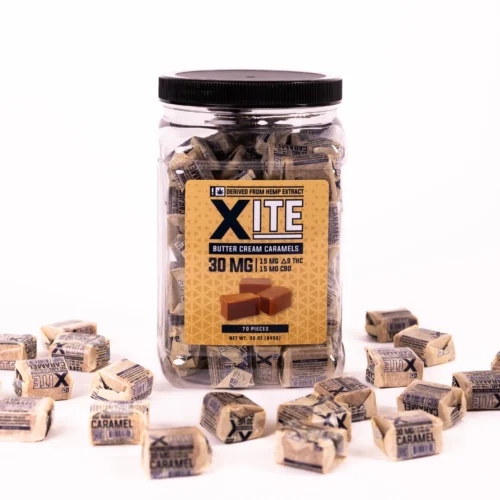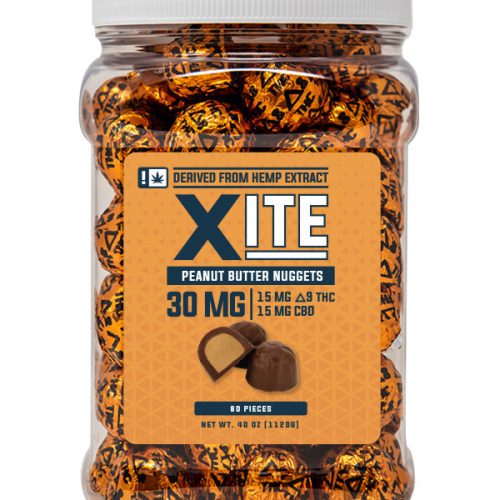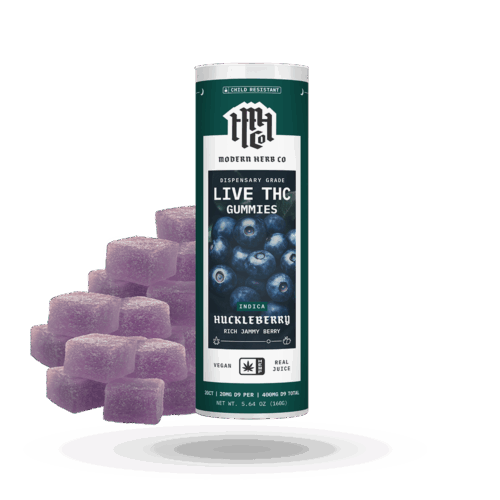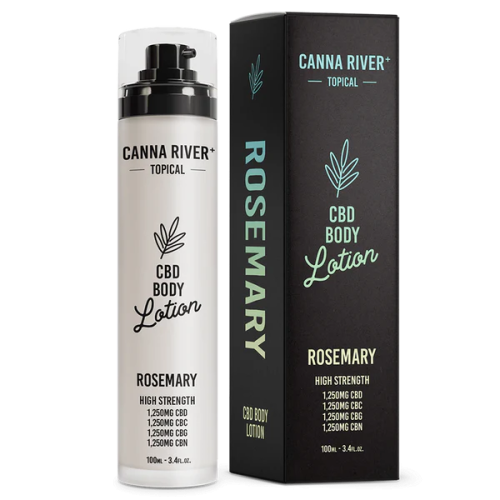There’s a common assumption in today’s headlines that teen cannabis use is exploding—but the reality paints a different picture. While marijuana & hemp THC has become a focal point of concern in schools and communities, alcohol continues to be the most widely used and socially accepted substance among teenagers, far surpassing THC in terms of access, frequency, and cultural normalization.
Despite stricter laws, better education, and more accessible wellness tools than ever before, alcohol remains the leading substance of choice for teens in the U.S. And while both alcohol and THC pose risks to the developing adolescent brain, alcohol use is often underplayed—even glamorized—within youth culture, sports, and social settings.
In this blog, we’ll unpack the facts:
- ? Real data comparing alcohol and THC use among teens
- ? Health risks unique to each substance
- ? Why alcohol is still the substance of choice for teens
- ? The role of normalization in youth behavior
- ?️ Prevention strategies that work—and what doesn’t
- ? A call to reframe how we talk about teen substance use
? The Numbers: Alcohol vs. THC Use in Teens
Let’s start with data from the Monitoring the Future (MTF) 2023 survey, which is widely regarded as the most trusted source for adolescent substance use trends in the U.S.
? Alcohol Use Among Teens
- High school seniors (12th grade):
- 60–61% have used alcohol in their lifetime
- 45–50% used alcohol in the past year
- 22–30% used alcohol in the past month
- 12% reported binge drinking (5+ drinks in a row)
- 2.2% reported high-intensity drinking (10+ drinks)
- 10th graders:
- ~41% lifetime use
- ~17% monthly use
? THC Use Among Teens
- High school seniors:
- ~38% have used marijuana at least once
- ~25% used it in the past year
- 21–23% used in the past month
- 6% report daily use
- 10th graders:
- ~29% lifetime use
- ~15% past month use
✅ Bottom Line:
Across all age groups and categories, more teens are drinking alcohol than using THC, particularly when it comes to binge or habitual use. Alcohol remains far more socially integrated into teen life than cannabis, even with the growing legalization and normalization of marijuana.
? Substance Impact: What’s More Harmful?
Both alcohol and THC can impair a teen’s developing brain—but they do so differently.
? Alcohol’s Effects on the Teen Brain:
- Damages the prefrontal cortex (judgment, impulse control)
- Disrupts memory formation and learning
- Increases risk of addiction later in life
- Strong correlation with risky behaviors: driving under the influence, sexual assault, fighting, and accidents
- Heavy teen drinkers are more likely to drop out, be arrested, or face mental health issues
? THC’s Effects on the Teen Brain:
- Can impair short-term memory and motivation
- Heavy, daily use in teens may alter dopamine sensitivity
- Some evidence of increased risk for anxiety or psychosis in vulnerable teens
- Fewer overdose-related deaths compared to alcohol, but not without risk
? Fatalities & ER Visits:
- Alcohol is a leading contributor to teen deaths via car accidents, alcohol poisoning, and violence.
- THC use rarely results in fatal outcomes but may contribute to impaired driving or mental health emergencies.
? Why Do Teens Drink More Than Use THC?
Despite the focus on THC in schools and the media, alcohol use is far more entrenched in teen culture for a few key reasons:
1. It’s Legal for Adults
Alcohol’s legal status for those 21+ makes it far easier for teens to access via family, friends, or even fake IDs. Cannabis, while legalized in some states, is still harder to buy without being tracked.
2. It’s Socially Accepted
Teen parties, prom, graduation, and football games often have alcohol as a cultural backdrop. Even parents may excuse “a little drinking” but draw a hard line at cannabis.
3. It’s Glamorized in Media
Movies, music, and TV shows still normalize or even romanticize drinking—especially binge drinking—more than any other substance.
4. Lack of Perceived Risk
Surveys show teens view marijuana as more dangerous than alcohol—even though alcohol leads to far more ER visits, assaults, and deaths.
5. Peer Influence
“Everyone’s doing it” still rings true for alcohol. The data shows alcohol is far more likely to be offered at parties than THC.
? The Shift in Focus: Why THC Gets More Blame
In recent years, public discourse has shifted dramatically toward fears of cannabis use among youth. While those concerns are valid—especially around potency, mental health, and unregulated products—it has created a kind of substance tunnel vision.
Here’s what’s driving that:
- ? Viral videos of THC overuse or edible “freak-outs”
- ? Synthetic cannabinoid dangers (e.g., Delta-8, Spice/K2)
- ?️ Media panic over dispensaries near schools
- ❌ More restrictive school policies and zero-tolerance enforcement
Meanwhile, alcohol’s cultural reputation has remained largely untouched, even though:
- Alcohol kills more teens each year than all other drugs combined
- Binge drinking is more common than daily marijuana use
- Drinking leads to more sexual assault and suicide among teens
This misalignment creates a dangerous blind spot for parents, schools, and communities.
? The Real Danger: Dual Use and Cross-Fading
More teens today are engaging in “cross-fading”—using alcohol and THC at the same time. This combo is more dangerous than either alone and increases the risk of:
- Car crashes
- Hospitalization
- Blackouts
- Sexual risk-taking
- Addiction pathways being cemented earlier
? The Cultural Hypocrisy
It’s worth asking: Why do we tolerate underage drinking more than teen THC use?
? You’ll rarely hear:
- “I’d rather my teen use THC than drink.”
- “He just needs to learn to pace his drinks.”
- “Drinking is a rite of passage.”
But those statements are still common around alcohol—even though the risks are objectively greater in many cases.
This normalization is often generational. Many adults drank as teens and survived. But today’s alcohol is stronger, drinking behaviors are riskier, and teens face more social pressure than ever—often amplified by social media.
?️ Prevention That Works
So what do we do with all of this information?
✅ Don’t Just Focus on THC
Programs that only address marijuana use often leave teens with the impression that alcohol is “safer” or not worth worrying about.
✅ Normalize Saying No to Alcohol Too
Schools and parents need to treat underage drinking as a serious issue—not just “something they’ll grow out of.”
✅ Equip Teens With Facts
Teens don’t respond well to scare tactics. Show them real data and trust them to make informed decisions.
✅ Address Mental Health
Many teens drink or use substances to self-medicate. Reducing anxiety, depression, and social pressure can reduce usage.
✅ Encourage Connection Over Control
Teens who feel connected to their families, peers, and communities are less likely to drink or use drugs—period.
? Talking to Teens: A Balanced Approach
When talking to teens about substances, especially alcohol and THC, the goal isn’t fear—it’s respectful realism.
Try framing it like this:
- “I know you’ll be exposed to this stuff. Let’s talk about how it affects your body and brain.”
- “I want you to enjoy your teen years without doing things you’ll regret.”
- “Even if you don’t plan to drink, I want you to feel confident saying no or helping a friend who’s gone too far.”
Remember: teens want truth, not lectures.
? Final Thoughts: It’s Time to Rebalance the Conversation
We have spent the last decade sounding the alarm about THC—and in many cases, rightly so. But we’ve largely allowed alcohol to remain under the radar, despite its dominant and dangerous presence in teen life.
The data is clear:
- More teens drink than use cannabis.
- The consequences of teen drinking are often more immediate, severe, and deadly.
- Alcohol remains deeply normalized in a way cannabis is not.
This isn’t a call to ignore the risks of marijuana. It’s a call to match our energy across the board. If we want to reduce harm, support teen development, and build a healthier generation, we have to stop giving alcohol a cultural free pass.
? Sources:
- Monitoring the Future (2023), University of Michigan
- CDC Youth Risk Behavior Surveillance (YRBSS)
- National Institute on Drug Abuse (NIDA)
- National Institute on Alcohol Abuse and Alcoholism (NIAAA)
- SAMHSA: 2023 National Survey on Drug Use and Health


